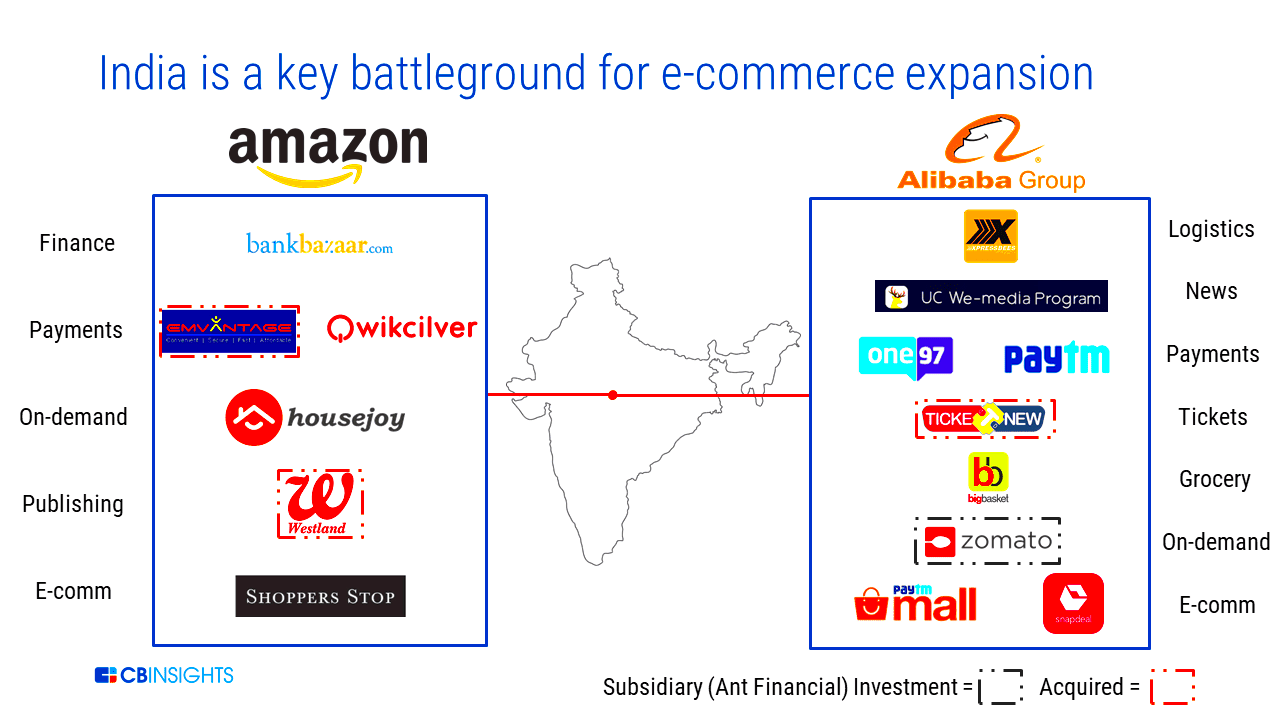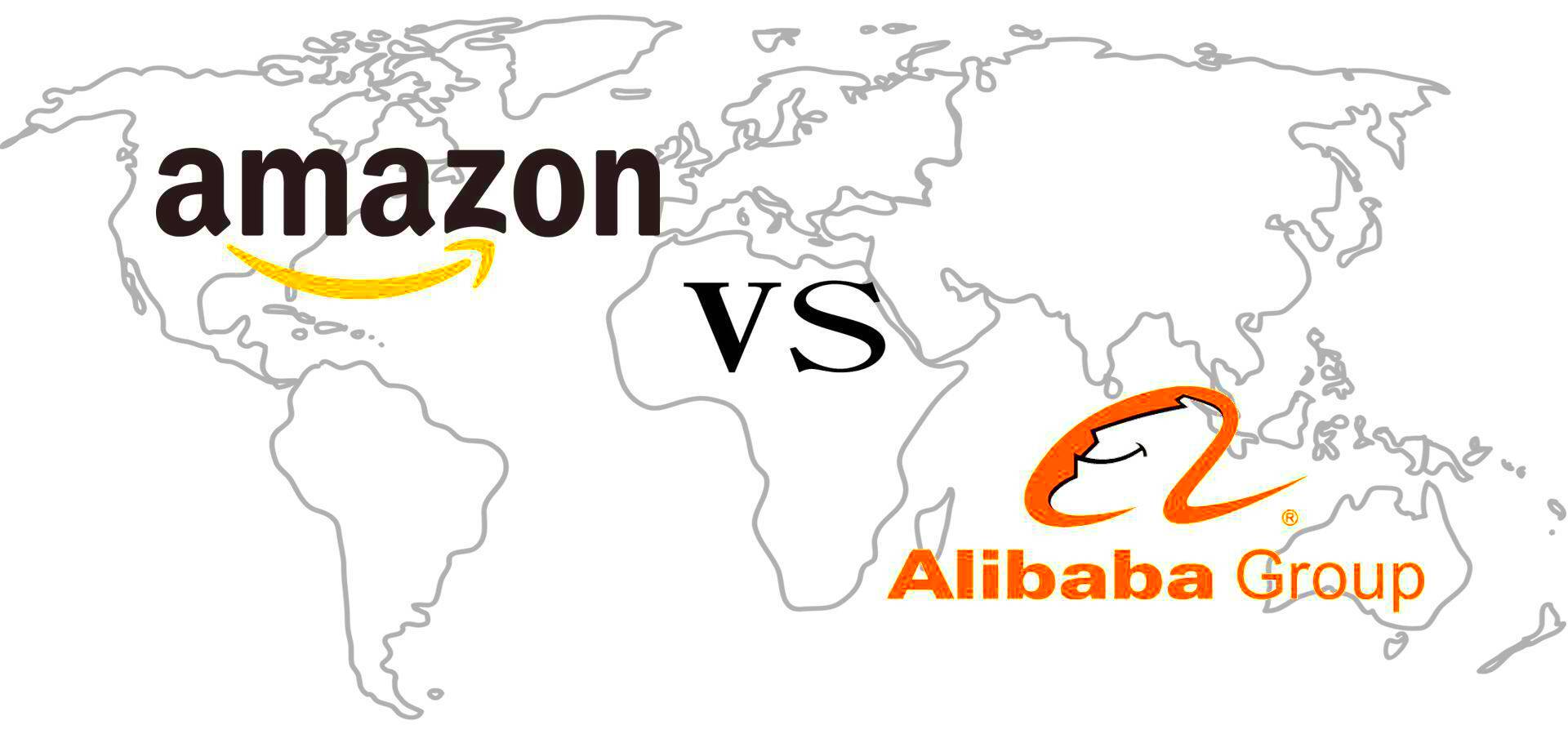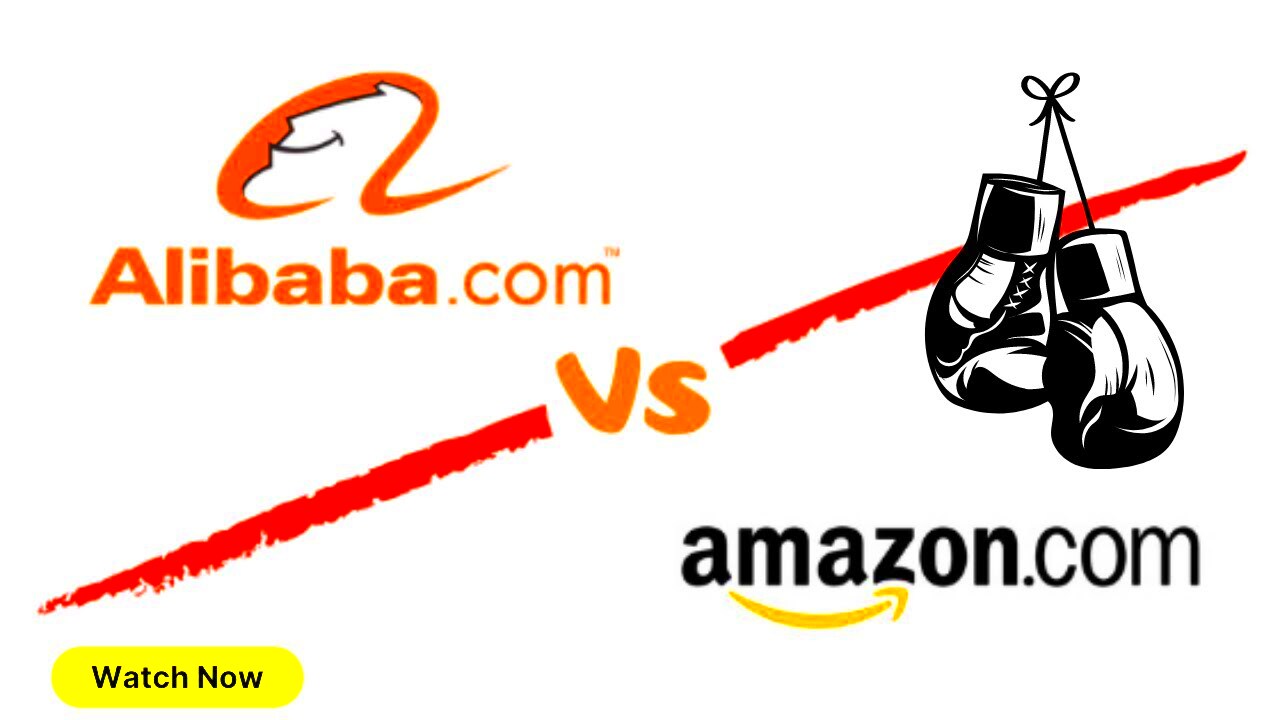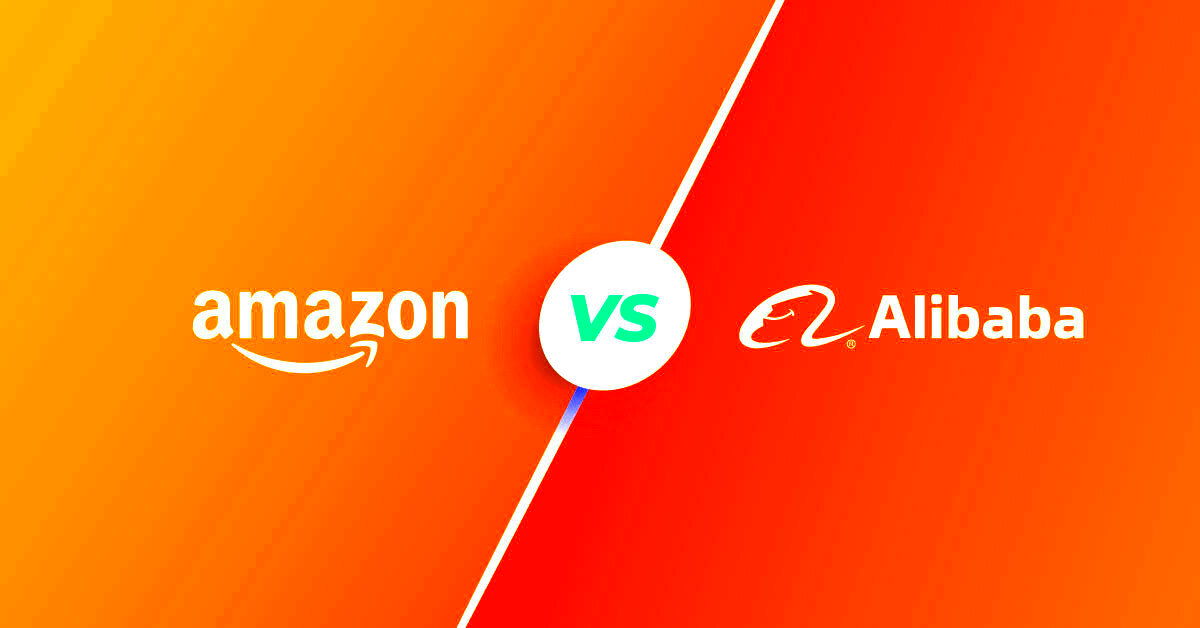Alibaba and Amazon stand as titans in the realm of e commerce. While
Alibaba plays a role in the wholesale sector linking buyers with manufacturers and suppliers worldwide, Amazon dominates the retail scene allowing sellers to connect with countless customers. Merging the advantages of these two platforms could revolutionize your business. If you’ve ever envisioned broadening your Amazon store by sourcing products directly from manufacturers grasping
Why Alibaba is Important for Your Amazon Business

Leveraging
Alibaba for your Amazon venture is akin to possessing a roadmap to success in an expansive marketplace. Heres the reason why
- Cost Efficiency: Alibaba provides access to wholesale prices, which can significantly reduce your product costs. By purchasing in bulk, you often get better deals and higher profit margins.
- Product Variety: With thousands of suppliers and manufacturers, Alibaba offers a wide range of products. Whether you’re looking for niche items or trending goods, Alibaba has options to suit your needs.
- Customization: Many suppliers on Alibaba offer customization options. This means you can create products that stand out on Amazon, making your store unique.
- Global Reach: Alibaba connects you with suppliers from around the world, allowing you to source products that aren’t readily available locally.
Based on what I've seen I discovered that using
Alibaba to source products not only reduced my expenses but also led me to discover special items that set my Amazon store apart. When utilized it can be a game changer for your business.
How to Use Alibaba to Find Products for Amazon

Locating the suitable items on
Alibaba for your Amazon shop requires some careful planning and approach.
- Define Your Product Niche: Start by deciding what type of products you want to sell on Amazon. Understanding your niche helps you narrow down your search on Alibaba.
- Search and Filter Suppliers: Use Alibaba’s search function to find products. You can filter results by supplier type, country, and certification to ensure you find reputable sources.
- Evaluate Suppliers: Look at supplier ratings, reviews, and transaction history. Communicate directly with suppliers to ask questions about their products, minimum order quantities, and pricing.
- Request Samples: Before placing a large order, request samples to check the product quality. This step is crucial to avoid potential issues with the items you plan to sell.
- Negotiate Terms: Don’t hesitate to negotiate terms, including price and shipping costs. Suppliers are often willing to work with you to secure a deal.
Throughout my experience I found that these actions were instrumental in discovering trustworthy suppliers and top notch products. While it may demand persistence and careful effort the outcome can be rewarding for your venture on Amazon.
Understanding Alibaba’s Product Listings and Suppliers

Searching through the product listings on
Alibaba can be like wandering through a vibrant marketplace with each vendor showcasing their own distinct offerings. Here are a few tips that could help streamline your experience.Alibaba's platform is built to link purchasers with a wide array of suppliers and manufacturers. Heres a quick rundown of the key points you should be aware of.
- Product Listings: Each product listing on Alibaba provides essential details such as product descriptions, prices, and minimum order quantities. Pay close attention to these details to gauge if a product fits your needs.
- Supplier Types: Suppliers on Alibaba can be categorized into manufacturers, trading companies, and wholesalers. Manufacturers produce goods, trading companies facilitate transactions, and wholesalers sell products in bulk. Knowing the difference helps in choosing the right partner.
- Certifications and Ratings: Check the supplier’s ratings and certifications to ensure reliability. Alibaba features reviews and ratings from other buyers, which can be incredibly useful. Look for Gold Suppliers and those with verified business licenses.
- Communication: Engaging with suppliers directly is crucial. Ask questions about their products, production processes, and delivery times. A good supplier will be responsive and transparent.
Based on what I’ve seen grasping these factors has spared me from possible missteps and assisted me in establishing solid connections with trustworthy vendors. Dedicating effort to thoroughly examine Alibaba’s offerings can result in fruitful collaborations and top notch goods.
Steps to Download and Use Alibaba Images for Your Amazon Listings

Visual content plays a crucial role in your Amazon product listings as it often creates the initial impact on prospective customers. Here’s a detailed walkthrough on how to download and leverage Alibaba images efficiently.
- Find the Right Product: Start by locating the product on Alibaba that you want to feature on Amazon. Ensure the product matches your inventory and target market.
- Check Image Rights: Before using any images, verify that you have permission to use them. Some suppliers provide high-quality images for marketing purposes, but it’s essential to confirm this.
- Download Images: Once you have permission, download the images directly from Alibaba. Save them in high resolution to ensure they look professional on Amazon.
- Optimize Images: Use image editing software to adjust the images if needed. Make sure they meet Amazon’s image guidelines, such as size and format requirements.
- Upload to Amazon: Add the optimized images to your Amazon listings. Ensure the images are clear, well-lit, and highlight the product’s features effectively.
I still vividly recall how impactful it was when I incorporated Alibaba images into my Amazon store for the first time. The visuals not elevated my product listings but also played a role in drawing in more customers. Paying attention to the quality and relevance of images can have an impact on boosting your sales.
Best Practices for Incorporating Alibaba Images on Amazon
Utilizing images from Alibaba for your Amazon product listings can be very impactful when executed properly. Here are a few tips to make sure your visuals grab attention.
- High-Resolution Quality: Always use high-resolution images that clearly show the product. Blurry or pixelated images can deter potential buyers.
- Adhere to Amazon’s Guidelines: Follow Amazon’s image guidelines, including size, background color (usually white), and image format. This ensures your listings are professional and comply with Amazon’s standards.
- Showcase Key Features: Use images to highlight the product’s key features and benefits. Multiple images from different angles can help buyers get a complete view of the product.
- Include Lifestyle Images: Incorporate lifestyle images that show the product in use. This helps customers visualize how the product fits into their lives and adds a personal touch.
- Regular Updates: Periodically update your images to reflect any changes in the product or packaging. Fresh images can keep your listings appealing and current.
From what I’ve seen using these strategies has made a difference in my Amazon listings. When you include images it can enhance the shopping experience and increase your sales. Putting in the time and effort to perfect it is definitely worthwhile.
Common Challenges and Solutions When Using Alibaba for Amazon
Although Alibaba is a goldmine for finding products it also presents some hurdles. Here are some common challenges you might encounter along with practical tips to overcome them.
- Quality Control: One of the biggest challenges is ensuring product quality. Sometimes, the product you receive may not match the images or descriptions. To mitigate this, always request samples before placing a large order. This gives you a tangible sense of the product's quality and ensures it meets your expectations.
- Communication Barriers: Language differences and time zone issues can lead to misunderstandings with suppliers. Clear and concise communication is key. Use detailed written descriptions, ask for confirmation on critical points, and consider using Alibaba’s trade assurance services to safeguard your transactions.
- Shipping and Delivery: International shipping can be fraught with delays and additional costs. Plan your logistics carefully. Work with suppliers who have a good track record for timely deliveries and consider using freight forwarders who can handle customs and shipping logistics for you.
- Fraud and Scams: Unfortunately, scams do happen. To protect yourself, always verify supplier credentials and check their reviews and ratings. Utilize Alibaba’s secure payment options and avoid making large payments upfront without safeguards.
Through my personal journey navigating these obstacles I have come to realize the significance of conducting research and communicating effectively. Each hurdle encountered served as a chance to enhance my approach and cultivate more robust and trustworthy collaborations.
How to Ensure Compliance with Amazon's Image Requirements
Amazon has rules about how product images should look and following these rules is key to creating a listing. Here’s what you need to do to make sure your images align with Amazon’s standards.
- Image Size: Amazon typically requires images to be at least 1000 pixels in height or width to enable the zoom feature. Ensure your images are high resolution and meet this requirement for better visibility.
- Background: The primary image must have a pure white background (RGB 255, 255, 255). This helps the product stand out clearly and looks professional.
- Image Content: Focus on showing the product clearly. The main image should feature the product only, with no props or additional text. Additional images can include lifestyle shots, close-ups, and images showing the product in use.
- File Format: Use JPEG (.jpg) format for your images, as it’s the preferred format on Amazon. Ensure the file is not too large to avoid upload issues.
- Compliance Check: Regularly review Amazon’s latest image guidelines as they can update over time. Staying compliant ensures your listings are not rejected or flagged.
I recall an occasion when I had to update all my product pictures to align with Amazons new rules. It was a task, but it paid off in terms of a seamless listing process and improved interaction with customers. Staying compliant with these standards is crucial, for presenting a polished image on Amazon.
Frequently Asked Questions
Here are some common inquiries regarding the use of Alibaba for your Amazon venture and the management of your product listings.
How do I find reliable suppliers on Alibaba?
- Look for suppliers with high ratings, positive reviews, and verified business licenses. Engaging directly with the supplier and requesting samples can also help ensure reliability.
Can I use Alibaba images directly for my Amazon listings?
- Yes, but ensure you have permission to use the images. Alibaba’s suppliers often provide high-quality images for marketing purposes, but always confirm this with them before using them on Amazon.
What should I do if the product quality does not match the sample?
- Address the issue with the supplier immediately. Discuss possible solutions, such as refunds or replacements. Having a clear agreement and using Alibaba’s trade assurance can help resolve disputes.
How can I avoid common pitfalls with international shipping?
- Work with reliable shipping partners and understand the full cost of shipping, including customs duties and taxes. Consider using a freight forwarder to handle the complexities of international logistics.
Reflecting on my own experiences to address these queries has proven to be a real time and hassle saver. Being ready to tackle these issues not only smooths out your processes but also boosts your overall operational effectiveness.
Conclusion
The journey of merging Alibaba with your Amazon business can be both thrilling and challenging. Each step from sourcing products and suppliers to ensuring your images meet Amazons strict standards is vital for achieving success.Personally I’ve learned valuable lessons throughout this process such as overcoming barriers and perfecting product presentation. Staying informed being proactive in problem solving and maintaining communication with suppliers are key factors. Embracing these opportunities for growth will lead to rewards like cost savings unique product offerings and improved listing quality that make the effort worthwhile.With diligence and a strategic mindset you can pave the way for a prosperous Amazon venture, by harnessing the vast potential, that Alibaba presents.
 Leveraging Alibaba for your Amazon venture is akin to possessing a roadmap to success in an expansive marketplace. Heres the reason why
Leveraging Alibaba for your Amazon venture is akin to possessing a roadmap to success in an expansive marketplace. Heres the reason why Locating the suitable items on Alibaba for your Amazon shop requires some careful planning and approach.
Locating the suitable items on Alibaba for your Amazon shop requires some careful planning and approach. Searching through the product listings on Alibaba can be like wandering through a vibrant marketplace with each vendor showcasing their own distinct offerings. Here are a few tips that could help streamline your experience.Alibaba's platform is built to link purchasers with a wide array of suppliers and manufacturers. Heres a quick rundown of the key points you should be aware of.
Searching through the product listings on Alibaba can be like wandering through a vibrant marketplace with each vendor showcasing their own distinct offerings. Here are a few tips that could help streamline your experience.Alibaba's platform is built to link purchasers with a wide array of suppliers and manufacturers. Heres a quick rundown of the key points you should be aware of. Visual content plays a crucial role in your Amazon product listings as it often creates the initial impact on prospective customers. Here’s a detailed walkthrough on how to download and leverage Alibaba images efficiently.
Visual content plays a crucial role in your Amazon product listings as it often creates the initial impact on prospective customers. Here’s a detailed walkthrough on how to download and leverage Alibaba images efficiently.
 admin
admin








